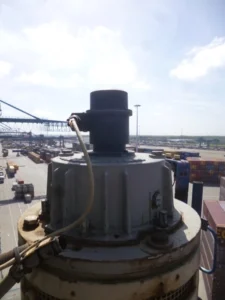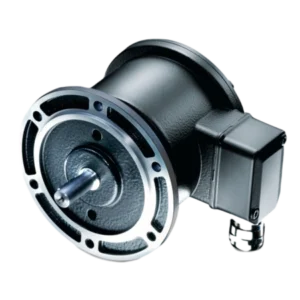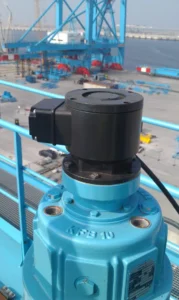When you need reliable speed and position feedback without overengineering, you reach for an incremental encoder. It’s small, versatile, easy to integrate and in heavy-duty variants tough enough for paper, steel, marine and offshore.
What incremental encoders actually do
An incremental encoder turns every shaft rotation into a clean pulse train your drive or PLC can count. That’s how it knows how fast you’re going, which way, and how far you’ve moved since the last reference. Simple concept, big impact.
- Compact & multifunctional: fits into tight spaces, works across many machine types.
- Fast response: crisp A/B (and Z) signals for tight speed loops and repeatable moves.
- Cost‑effective: proven tech that keeps total cost of ownership in check.
Where incremental encoders fit best
General industrial automation
Conveyors, mixers, fans, pumps—if it spins, an incremental encoder can steady the speed and improve repeatability. Quadrature outputs (A/B) plus an index (Z) make soft starts, accurate stops and direction sensing straightforward.
Packaging, printing & converting
From registration marks on labelers to precise cut lengths on slitters, incremental encoders provide the timing heartbeat that reduces scrap and keeps lines on spec. Pair them with web‑tension control for consistent quality on film, foil, paper and textiles.
Machinery & robotics
Pick‑and‑place, AGVs and machine tools benefit from the fast, clean pulses that enable smooth motion profiles, accurate homing and short, repeatable moves—without the complexity of a fieldbus encoder.

Heavy‑duty environments
In steel plants, paper mills or offshore gear, encoders face shock, vibration, dust, moisture and temperature swings. That’s where heavy‑duty design pays off: reinforced bearings, rigid housings, industrial connectors and IP sealing that keeps contamination out. Euro Hübner partners with baumer to offer rugged options that prioritise uptime.
Picking the right form factor: solid‑shaft vs hollow‑shaft
Solid‑shaft encoders mount via a coupling and flange/foot. The coupling absorbs misalignment and protects the bearings—handy in retrofits. A proven example is the Baumer POG9, a robust solid‑shaft model built for demanding duty.
Hollow‑shaft encoders slide directly onto the machine shaft with a torque arm. They save space, simplify alignment and are popular on large motors, rollers and gearboxes.

Signals, resolution & interfaces
- Signals: A/B (quadrature) for direction, Z (index) for repeatable reference.
- Resolution (PPR): pick the lowest PPR that meets accuracy needs—higher isn’t always better on long cables.
- Electrical interface: match your inputs (TTL/RS‑422 line driver or HTL) and consider cable length/EMC.
Applications (heavy‑duty focus)
- Paper & converting: stabilise unwind/rewind speed, cut length and registration.
- Steel: roller tables, coilers and shears demand shock‑resistant feedback.
- Marine & offshore: deck winches, cranes and thrusters need encoders that shrug off moisture and salt‑laden air.

Why Euro Hübner Benelux
Euro Hübner offers a broad portfolio. Including encoders, tachogenerators, electromagnetic brakes, and force measuring systems , paired with deep expertise in on- and offshore environments and a wide range of industrial applications. Thanks to partnerships with trusted brands and local stock on hand, we shorten lead times and make engineering simpler.
Incremental encoders
Incremental encoders deliver fast, dependable speed and position feedback in a compact, cost‑effective package. They shine in general automation, packaging/printing and robotics—and with heavy‑duty builds they keep performing in steel, paper, marine and offshore environments. Select the mounting that fits your mechanics (solid‑shaft with coupling or space‑saving hollow‑shaft), match the signal/interface to your drive or PLC, and choose only as much resolution (PPR) as you truly need.
Want a quick, engineer‑to‑engineer recommendation for your application? Reach out via our contact page and we’ll help you specify a ready‑to‑install set.
